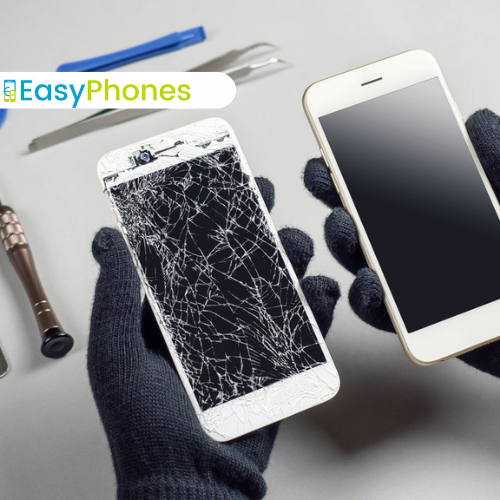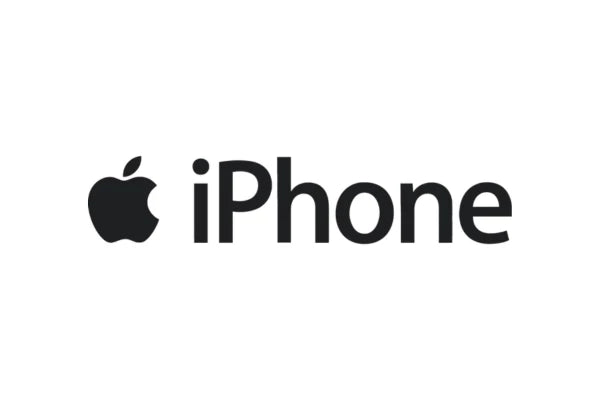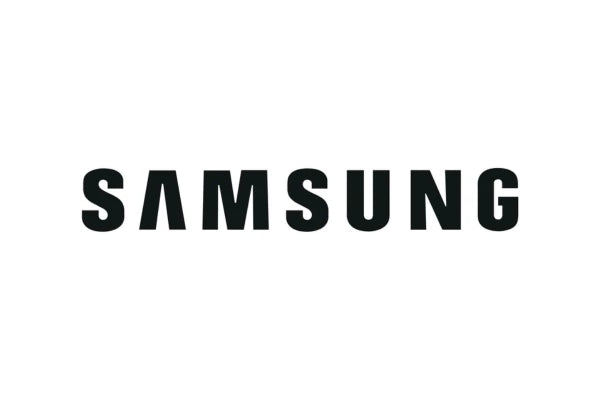
The Process Behind Refurbishing Second Hand Phones: A Step-by-Step Guide
Share
Refurbishing second hand phones has become a significant industry, providing consumers with cost-effective, eco-friendly alternatives to buying new devices. Understanding the refurbishing process can help you appreciate the value and reliability of these renewed phones. This guide will walk you through each step involved in refurbishing second hand phones.
Why Refurbish Second Hand Phones?
Cost-Effectiveness
Refurbished phones offer a more affordable option compared to new models. This is especially appealing for budget-conscious consumers who still want access to the latest technology.
Environmental Benefits
Refurbishing helps reduce electronic waste by extending the life of devices. This contributes to a more sustainable and eco-friendly approach to technology consumption.
Quality Assurance
Refurbished phones undergo rigorous testing and repairs, ensuring they meet high-quality standards. This process guarantees that the devices are reliable and perform well.
The Refurbishing Process
Step 1: Initial Inspection
Visual Examination: The refurbishing process begins with a thorough visual inspection. Technicians look for any obvious damage, such as cracked screens, dents, or missing components.
Functional Testing: Basic functions like the display, buttons, and ports are tested to identify any immediate issues.
Step 2: Data Erasure
Data Wipe: All personal data from the previous owner is securely erased. This step is crucial for privacy and security, ensuring that no residual information remains on the device.
Factory Reset: A factory reset is performed to return the phone to its original settings, removing any customizations or installed apps.
Step 3: Deep Cleaning
Exterior Cleaning: The phone's exterior is cleaned to remove any dirt, grime, or fingerprints. Special cleaning agents are used to ensure the device looks as good as new.
Interior Cleaning: If necessary, the phone is disassembled, and internal components are cleaned to remove dust and debris that could affect performance.
Step 4: Component Testing and Replacement
Battery Testing: The battery's health is tested to determine its capacity and performance. If the battery is degraded, it is replaced with a new one.
Screen Replacement: If the screen is cracked or damaged, it is replaced with a high-quality, compatible screen.
Other Components: Other essential components, such as the camera, speakers, and charging ports, are tested and replaced if needed.
Step 5: Software Updates
Operating System: The phone's operating system is updated to the latest version that the device supports. This ensures compatibility with current apps and features.
Firmware Updates: Any necessary firmware updates are also installed to improve the phone's functionality and security.
Step 6: Final Testing
Full Functionality Check: The phone undergoes a comprehensive functionality check. This includes testing the touchscreen, camera, Wi-Fi, Bluetooth, and other features.
Quality Assurance: Quality assurance teams perform additional checks to ensure the phone meets high standards. This step helps catch any issues that might have been missed during earlier testing.
Step 7: Repackaging
New Packaging: The refurbished phone is repackaged with all necessary accessories, such as chargers and cables. The packaging is often similar to that of a new phone, providing a complete experience for the buyer.
Documentation: Warranty information, user manuals, and any other relevant documentation are included in the packaging.
Step 8: Certification
Certification Process: Some refurbished phones receive certification from the refurbishing company or an independent body. This certification guarantees that the phone meets specific quality and performance standards.
Warranty: Many refurbished phones come with a warranty, providing buyers with peace of mind and protection against potential issues.
FAQs
Q: What is the difference between a refurbished phone and a second hand phone?
A: A second hand phone is sold as-is, while a refurbished phone has been tested, repaired, and certified to ensure it meets specific quality standards.
Q: Are refurbished phones as reliable as new phones?
A: Yes, refurbished phones undergo rigorous testing and repairs to ensure they are reliable and perform well, often coming with a warranty for added assurance.
Q: Can refurbished phones run the latest apps and updates?
A: Most refurbished phones are updated to the latest operating system version they support, ensuring compatibility with current apps and features.
Q: Is it safe to buy a refurbished phone online?
A: Yes, as long as you purchase from reputable sellers or certified refurbishers who offer warranties and clear return policies.
Q: How much can I save by buying a refurbished phone instead of a new one?
A: Savings can vary, but refurbished phones are generally 20-50% cheaper than new models, depending on the model and condition.
Conclusion
The refurbishing process for second hand phones is thorough and meticulous, ensuring that these devices are reliable, high-quality, and cost-effective alternatives to new phones. By understanding each step of this process, consumers can make informed decisions and appreciate the value that refurbished phones offer. At EasyPhones, we are committed to providing top-quality refurbished phones that meet stringent standards and deliver excellent performance. Choose refurbished phones for a smarter, more sustainable technology choice.



